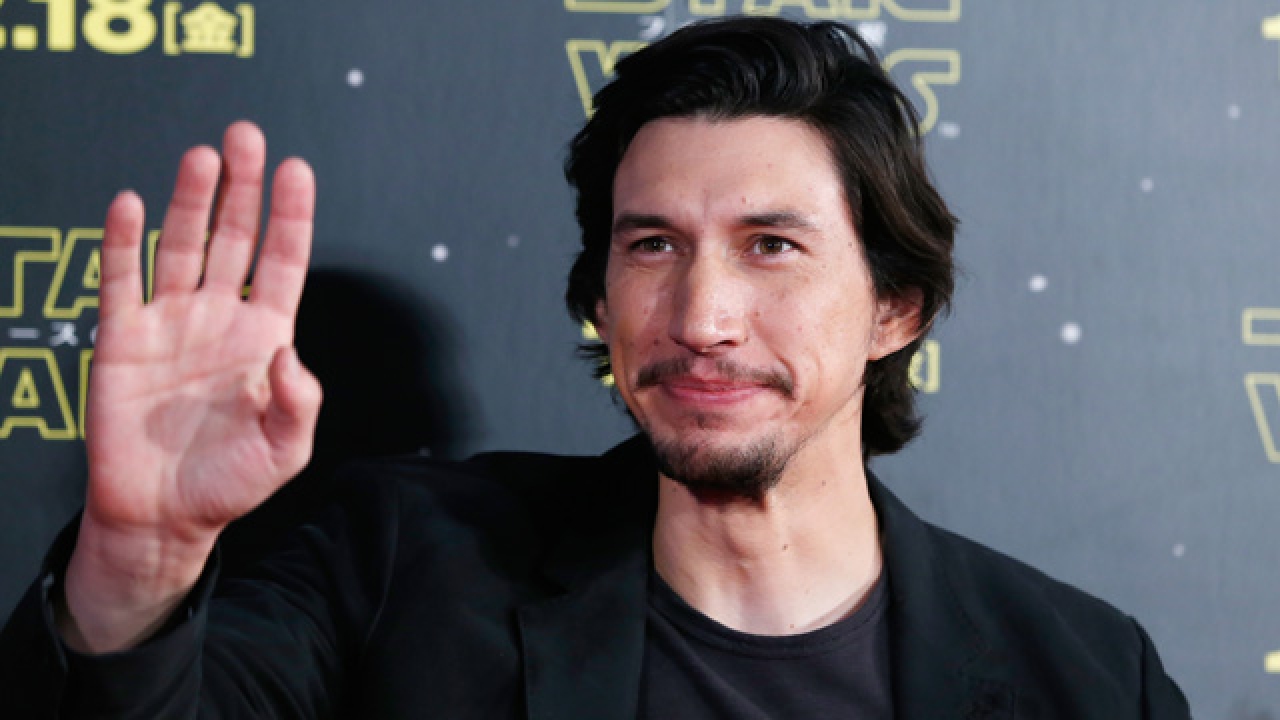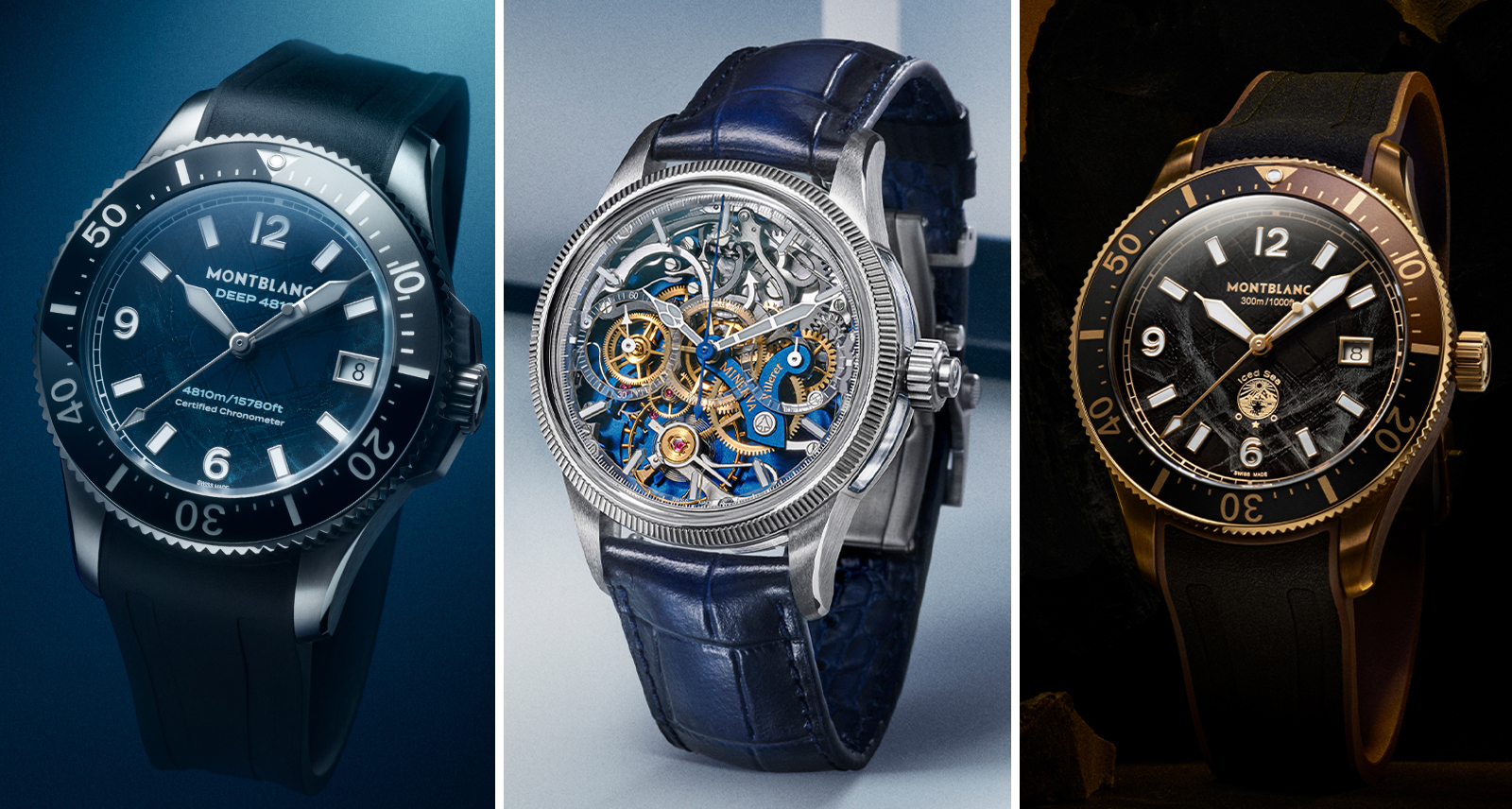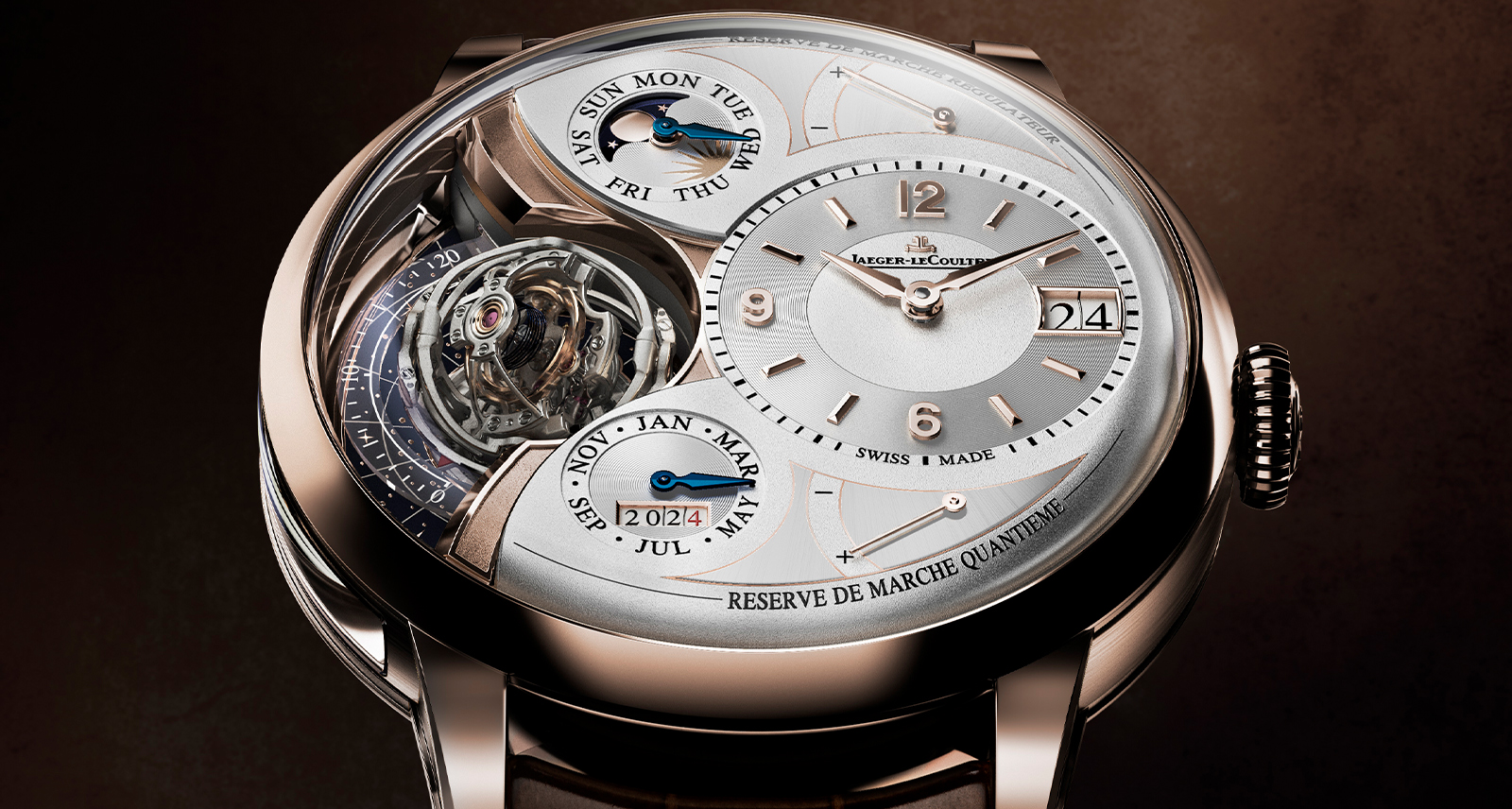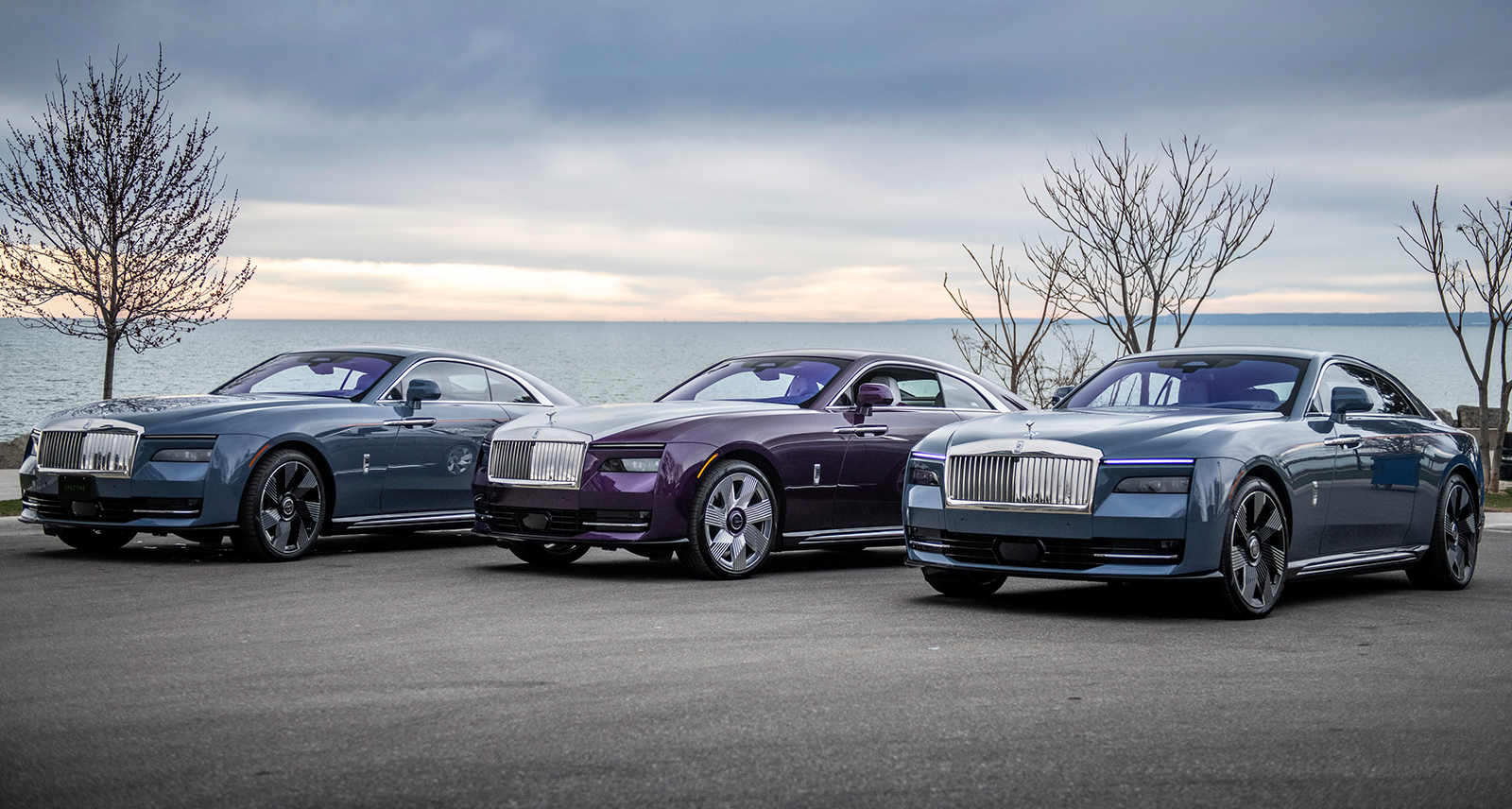How Adam Driver Went From Brooding Indie TV Star to the Biggest Blockbuster Villain in Years
In Noah Baumbach’s latest film released on Netflix, The Meyerovitz Stories: New and Selected, Adam Driver appears for a single, brief scene. It should be forgettable — an expository minute to set up the career of his scene partner, Ben Stiller, a high-flying money manager to the stars. Driver plays an unnamed artist — maybe a musician, maybe an actor, even that part is unclear — in the process of renovating a Manhattan building, hemorrhaging money in the form of expensive fittings, a rooftop pool, and pockets full of non-prescription drugs.
Of course, this scene — this movie — is not why Adam Driver is on the cover of magazines. That would be his latest, Star Wars: The Last Jedi, which is the biggest release of the season. But it’s hard to get to know someone in a blockbuster like that. The makeup, the costumes, the frenzy — a slew of press interviews, Comic Con appearances, and sold-out midnight showings — can cast a fog over a performer’s true self, when in fact, if you’re Driver, that self is usually evident on screen.
In this Baumbach cameo, for example, you’ll find everything you need to know about Adam Driver. For one thing, it’s a mesmerizing few minutes, the very definition of scene-stealing. Driver oscillates between militaristic intensity and boyish glee, a smile creeping across his face at the very moment he realizes that he, this strange, gangly man, is making Ben Stiller, tiny comic genius, crack up. There are touches of light and dark, of accessibility and complete unknowability, a benevolent aloofness.
It’s also important for being his third movie with Baumbach, after 2014’s While We’re Young, in which he played some alternate-universe version of this same artist, and 2012’s Frances Ha, in which he plays a slightly goofier, more benevolent version of these characters — characters that are, to be fair, also slight iterations on the role that made him famous: Adam Sackler in Lena Dunham’s HBO show Girls. This world of indie directors made him. But with a drive like his, that world never had a chance of containing him.
•••
“Cinema is a director’s medium,” says Driver, when pressed about what really drives him as a performer. “That’s the only thing I’m drawn to: working with great directors.”
As it happens, the biggest blockbuster of the year belongs to a director’s franchise. In 2015, Driver was part of the much-anticipated — and much-lauded — Star Wars reboot, directed by J.J. Abrams, the visionary behind Lost and Star Trek. The latest installation, Star Wars: The Last Jedi, is directed by Rian Johnson, the super-nerd behind Brick, Looper, and some of the best episodes of Breaking Bad.
In the series, Driver plays Kylo Ren, son of Han Solo and Princess Leia and one of the most powerful characters on the Dark Side. Driver’s Ren was part of possibly the most shocking moment in movies two years ago, when he faced off against his father (even Star Wars recycles plot points) — a classic confrontation between good and evil. Roger Ebert once said that a film is only as good as its villain; by this measure, The Last Jedi should be extraordinary. Driver works so well as a blockbuster villain for the same reasons he works so well as an indie movie foil: he straddles that line between light and dark better than almost anyone. It’s something about his features. Or maybe it goes deeper than that. Maybe it’s just something about him.
Start with the trademark intensity. Driver was indelibly formed by the military. His service is important to under-standing who he is and what his choices have been. Driver enlisted in 2001, just after the September 11 attacks. He was 17 then and living at home with his parents in a small town in Indiana. And he figured he couldn’t just sit there, doing nothing, wasting away while the country burned. So he went out and signed up. And because this is Adam Driver, and he doesn’t do anything in half measures, he signed up for the United States Marine Corps — the frickin’ marines — and shipped out to Camp Pendleton in California, where he’d spend the next two years training.
The country was at war then, and Driver fully expected to see action. He was a teenager still, and just learning about life, thinking constantly the whole time about death — mortality is kind of a big subject for thought in the military. But then, just months before his unit was set to deploy for its first tour in Iraq, Driver crashed and fell off his mountain bike and broke his sternum. He tried to train, but couldn’t. He tried to walk, but couldn’t. He tried to go to Iraq, but couldn’t. Driver was medically discharged before he saw any action. “It was devastating,” he says.
“I had buddies going out to Iraq and dying for their country, and I was in a room watching people in spandex give birth to themselves. It was a difficult transition.”
The only saving grace for Driver was that he had a plan: he was going to become an actor. And again, there would be no half measures. He applied for — and got into — Juilliard, very likely the world’s foremost acting academy and a fast track to the Broadway stage. He moved to New York, where he still lives with his wife, and dove headlong into this new life, trying to make sense of it as best he could.
“I had to figure out how to use the lessons I learned in the military to adapt to civilian life,” he says. “The biggest thing for me was discipline, especially as an actor.”
Driver took acting school seriously. When he graduated, he set up shop in New York, auditioning, hoping to land anything — theatre, film, television, whatever. “I was just looking to get work,” he says. “Anything that paid was great.” Anything that proved he’d made the right choice, that his civilian life could be worth something substantial, too.
“Adapting was hard,” he says. “I had buddies going out to Iraq and dying for their country, and I was in a room watching people in spandex give birth to themselves. It was a difficult transition.”
In 2012, after years of gigging on and off Broadway, he appeared in the pilot of Girls, an unusual show on HBO by writer/director/actor Lena Dunham. This changed everything. Driver played Dunham’s obsessive, passionate, part-time carpenter/part-time actor boyfriend Adam Sackler. The show was an immediate hit, at least among a certain set of highly educated millennial slackers, and Driver its immediate breakout star. His performance was raw, energetic, occasionally manic, hard-edged but, clearly, immensely vulnerable.
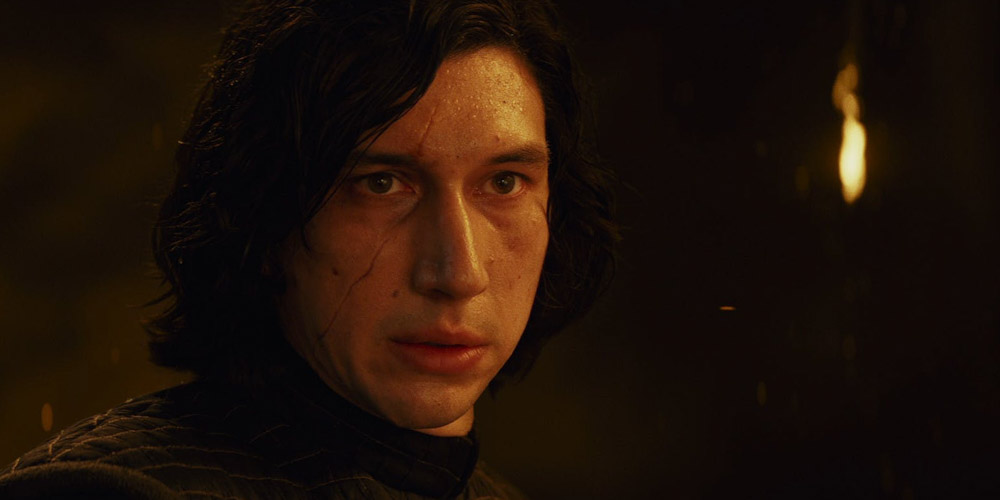
Driver’s portrayal of Sackler, for which he earned three Outstanding Supporting Actor Emmy nominations, set the tone for the rest of his work — until Star Wars. He has tended toward parts, like his Meyerovitz cameo, that are a little bit serious, a little bit snarky — a little bit light, a little bit dark. And more than anything, he has tended towards roles that pair him with artists he admires. “The military and theatre communities are actually very similar,” he says. “You have a group of people trying to accomplish a mission greater than themselves. You have a role, you have to know your role within that team, and every team has a leader or director.” And for his part, he’s managed to work with some of the industry’s best directors, including Baumbach, Abrams, Johnson, Martin Scorsese, Jim Jarmusch, Steven Spielberg, the Coen brothers, Jeff Nichols, and Clint Eastwood. That, it seems, is what discipline gets you.
•••
Unlike most young actors with his level of success, Driver has not pursued the usual course of tabloid scandals and fragrance endorsements. Instead he has used his new-found fame for good, merging his two lives as a US Marine and an artist to start and support his own initiative, Arts in the Armed Forces. The organization’s goal is simple: bring quality modern theatre to those serving their country, many of whom are tired of the mindlessness of USO shows and the other usually vapid entertainment they get while on duty.
“We choose monologues from contemporary American plays that are diverse in age and race, like a military audience,” says Driver, “and keep the production value as minimal as possible — no sets, no costumes, no lights, just reading, so the emphasis is on the language.”
And here Driver lights up more than at any other point in our conversation. “The response is amazing. People in the military are smart and engaged, and many of them wouldn’t otherwise have access to theatre — they wouldn’t get to New York or go to a Broadway play. But they love it.”
In some ways, this helps explain Driver’s recent career choices, a possible through-line from the armed forces to the Force. Indie films and hipster TV shows have their merits, but they also have their limitations. Their audiences are specific and granular — comfort zones, for the most part, are not being breached. But Star Wars? That’s art you can bring to the masses. It always has been — think of Alec Guinness and Carrie Fisher in the original series, acting the vinyl off those storm troopers. Driver seems to understand that he’s part of that tradition, of bringing thoughtful, engaging work to as many people as possible, of providing an intense, artistic ripple beneath the surface of the popular. What a perfectly honourable mission.
